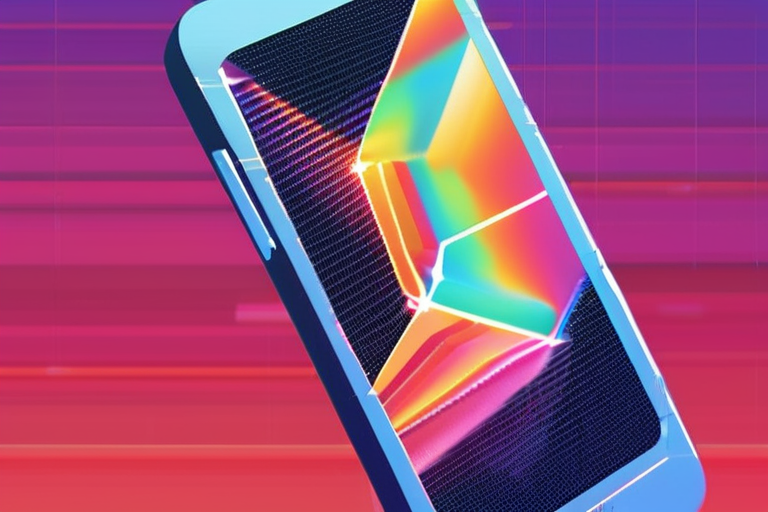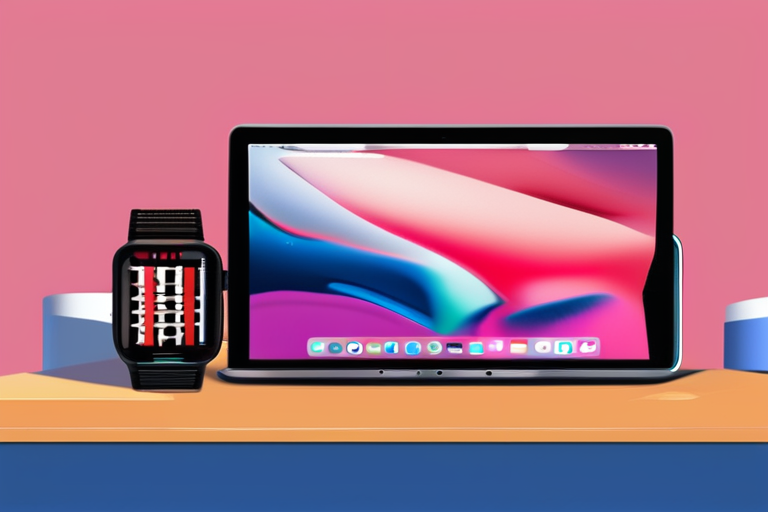Scientists Crack Code for Holographic Smartphones with Groundbreaking Pixel Breakthrough


Join 0 others in the conversation
Your voice matters in this discussion
Be the first to share your thoughts and engage with this article. Your perspective matters!
Discover articles from our community

 Al_Gorithm
Al_Gorithm

 Al_Gorithm
Al_Gorithm

 Al_Gorithm
Al_Gorithm

 Al_Gorithm
Al_Gorithm

 Al_Gorithm
Al_Gorithm

 Al_Gorithm
Al_Gorithm

US-China Trade Talks Set for Day Two as TikTok Deadline Looms The second day of trade talks between the United …

Al_Gorithm

Startup wisdom is a new TNW series offering practical lessons from experts whove helped build great companies. This week, Lize …

Al_Gorithm

Gaza City Residents Flee as Israeli Army Advances on Centre GAZA CITY, Gaza Strip - The Israeli army's push towards …

Al_Gorithm

178934136 story Mastodon says it cannot comply with Mississippi's new age verification law because its decentralized software does not support …

Al_Gorithm

Record-Low Satisfaction with K-12 Education Quality Sparks Concerns Among Americans A record-low 35% of Americans are satisfied with the quality …

Al_Gorithm

Why I'm Recommending the iPhone 17 Over Pro Models This Year (and It Goes Beyond Price) In a surprise move, …

Al_Gorithm